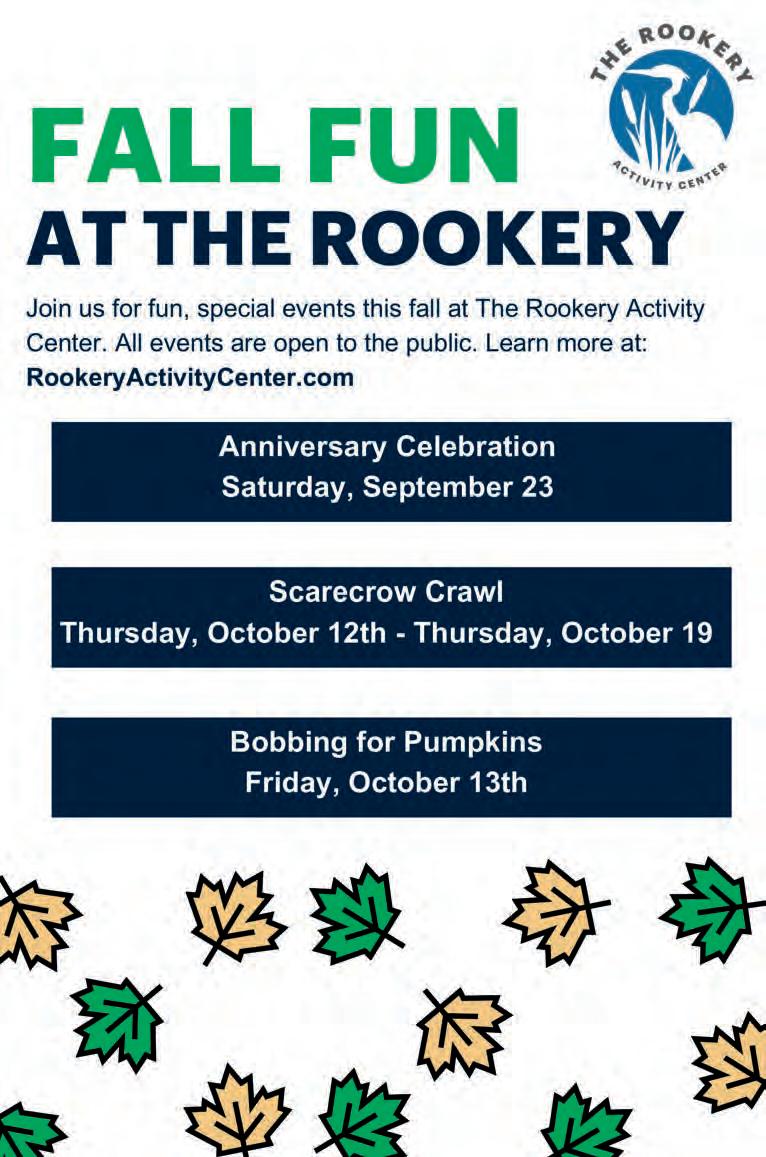
2 minute read
Everything you need to know about 988
from The Citizen
BY MADELINE DOLBY STAFF WRITER
It has been a year since Minnesota began to use the number 988 as the new mental health crisis hotline.
Advertisement
It was introduced to the state last July in hopes to help localize the new number that was formerly known as the National Suicide Prevention Lifeline, which was 1-800-273-TALK (8255). The Lifeline was created in 2022 by the United States in hopes to improve access to crisis services that can meet the country’s growing needs related to mental health.
The 988 Suicide and Crisis Lifeline provides emotional support for people in distress or experiencing a mental health or substance use crisis. The Lifeline is able to connect callers to additional local resources and community support services as needed.
According to the Minnesota Department of Health (MDH) during 2022, Minnesota’s 988 Lifeline centers answered over 30,000 calls, which is a 154 percent increase from 2021. Minnesota has since then expanded its capacity to respond to texts and chats 24/7 in April 2023 and has engaged with over 600 people through those functions.

In Minnesota, 988 calls, chats and texts are answered by five organizations: Carver County Health and Human Services, First Call for Help, Greater Twin Cities United Way, FirstLink and Mental Health Minnesota (text and chat only).
During the month of May, the MDH reported that there were 4,353 calls, 978 chat messages and 1,345 texts sent to the Lifeline.
Each 988 Lifeline Center is staffed with trained crisis specialists that are focused on promoting safety, offering emotional support, providing crisis intervention and connecting people to appropriate local resources.
In Minnesota, operators respond to around 3,600 calls and 960 texts a month.
Even though the line has increased engagement, the suicide rates in Minnesota are slowly rising each year. The most recent data from the MDH is from 2020, which shows that from 2016-2020 there were more than 10,000 hospital visits related to self-harm injuries (suicide attempts).

The state’s main goal for 988 is to expand access to established crisis care services, offering those in need someone to speak with, someone to come to their aid or somewhere to go if needed. Additionally, the MDH hopes to continue to build the infrastructure of the Lifeline Centers to answer the demand for calls being received.

For the future, the MDH stated that they would like to facilitate collaboration between partners across the state to improve connection to crisis services and inform partners, organizations, and the public about the 988 Lifeline. The state would like to ensure policies and practices continue to align with national standards and requirements, ensuring healthy equity, effective messaging and communication about the service, follow-up services, updating information and referral sources, as well as data collection and evaluation.
Minnesota is only one of six states that have been able to secure funding for 988 through a telecom fee.
There are a few major factors that differentiate 988 from other crisis call lines, 911 specifically.
First, 988 provides easier access to the Lifeline network and related crisis responses while 911 is strictly for public safety purposes, such as dispatching emergency medical services (the police or fire department if needed). The 988 Lifeline has a nationwide network that helps route calls to national crisis centers if regional centers are busy. Another factor that makes 988 different then the 911 line is the capacity to connect to ongoing treatment.
The 988 line is open 24 hours a day, seven days a week, all year round to anyone in need or to anyone who knows someone in crisis. If someone or yourself is in immediate danger, call 911.

For more information, visit www.health.state. mn.us/communities/suicide/mnresponse/988.html.
Madeline Dolby can be reached by emailing shoreviewnews@presspubs.com or calling 651-407-1226.










